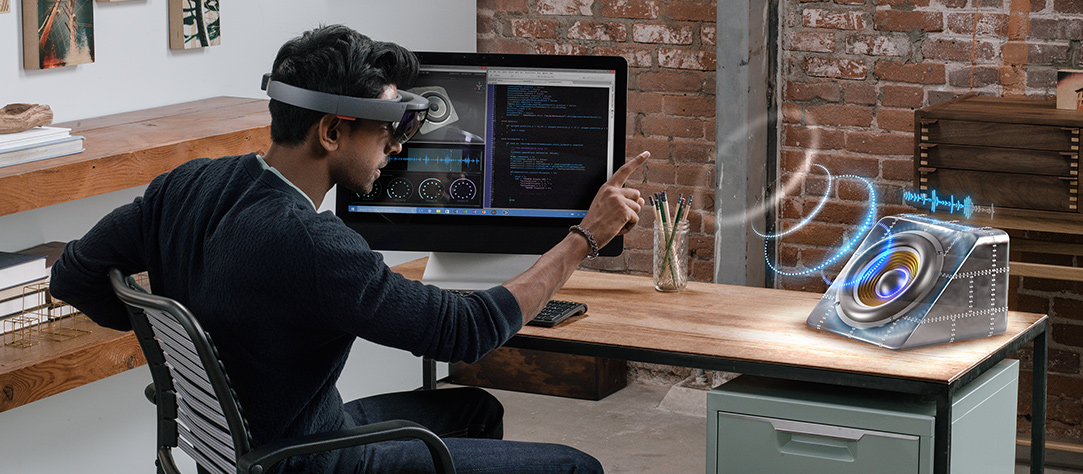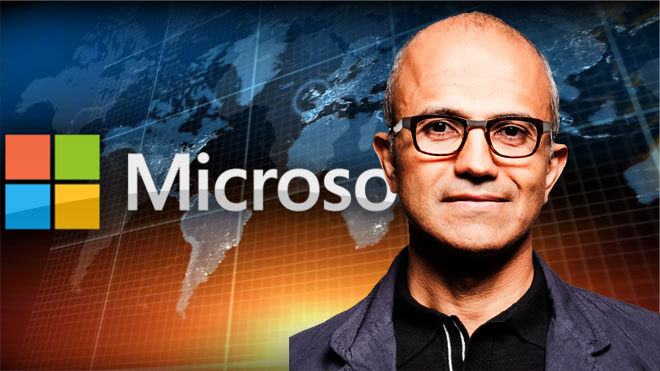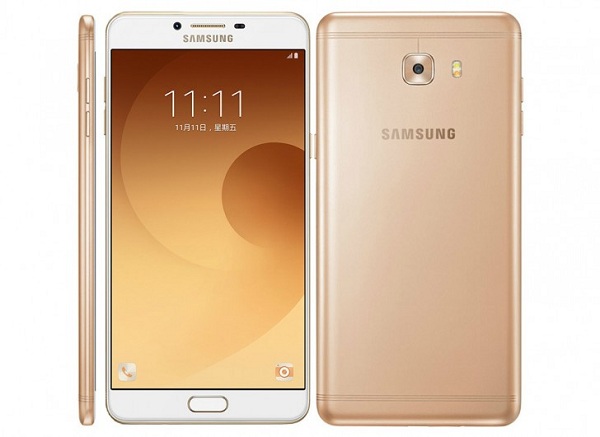Microsoft Corporation Stocks are at an All-time High: Beating Wall Street Predictions Two Quarters in a Row
by October 25, 2016 5,243 views0
Ever since Satya Nadella took over Microsoft Corporation (NASDAQ:MSFT) has seen a continuous uptrend in its fortunes. Last week the company’s stock soared to unprecedented heights, which didn’t surprise anyone given its consistent quarterly performances over the last year or so. Now Microsoft is poised to post scores that outshine its own brilliant performance recorded previously.
More from iSpyPrice: Find your favorite Microsoft phones here
While many analysts are still skeptical about how long the company’s success story will continue, much to their chagrin Microsoft has beaten Wall Street estimates for two consecutive quarters. And this includes both revenues and non-GAAP earnings. Here are a few numbers to put things in perspective:
- Wall Street predicted Microsoft would post 68 cents per share and $21.7 billion in sales
- Microsoft posted 76 cents per share and $22.3 billion in sales
- Microsoft missed Wall Street’s gross margins estimates by 0.1%
- The prediction for gross margins was 65%, while Microsoft scored 64.9%
The primary driver for this continuous and impressive growth is Microsoft’s stronghold in the commercial cloud market. This market’s revenue has grown by 59% when compared to last year’s revenue and according to NASDAQ it is heading towards $20 billion in revenues by 2018.
The Redmond based company’s cloud business, Microsoft Azure, has accelerated its growth beyond industry predictions because of the new found willingness of businesses around the world to trust the commercial cloud industry more than ever before.
On October 21, 2016 when Microsoft’s stock opened at $60 per share, it was a historic event, at least for the number crunchers amongst us. This was the first time since the dot-com bubble burst in the late 1990s that Microsoft stock had reached such heights. This also explains why many analysts are skeptical.
For everyone who was around to witness the chaos, the bubble lives on in its metaphysical form and continues to haunt analytical memories. So I certainly can’t blame folks for being skeptical but at the same time we have to be fair and consider the factors behind this growth.
More from iSpyPrice: Check out this list of popular Microsoft Tablets
Unlike the 90s Microsoft is no more a largely uni-directional organization. The company has transformed into a mission driven company under Mr. Nadella. Microsoft doesn’t just sell desktop software anymore. The continuing effort to offer hardware through its mobile, Tablet, and laptop divisions and its growing cloud expertise have meant that the company is a lot more flexible now in terms of managing multiple large business verticals then it used to be.
Microsoft’s Azure has seen a staggering 116% in sales growth in the most recent quarter and you can bet that Amazon and Google are not taking them lightly. A good question to ask right now is exactly how well is Microsoft’s commercial cloud business doing? The answer lies in a recent report from Zacks Investment Research. Their research shows that out of the last five quarters Microsoft cloud business’ actual Earnings Per Share (EPS) results have beaten predicted EPS in four quarters, including the last two quarters.
What does the future hold for Microsoft?

In the long run Microsoft may want to evolve its current Windows OS business and focus more on Azure, Office 365, and Surface businesses. Then there is the HoloLens. While Windows Holographic and Microsoft HoloLens are still quite a distance away from becoming commercial products of at any scale the fact that Microsoft is one of the first to dabble into VR and AR is comforting for industry insiders.
When Microsoft missed the mobile train a few years ago and Apple and Google ushered in a new revolution of smartphones most industry insiders were skeptical that Microsoft would survive. After all, the company had just missed capitalizing on a goldmine and all its super late efforts to take the mobile space by storm have proved to be duds for the large part, with the rare exception of the Microsoft Surface Pro 4 Tablet.
More from iSpyPrice: Have you seen these Microsoft Surface Book laptops?
I believe we can expect Microsoft’s VR and AR efforts to come to fruition by 2020. By then the likes of Meta and Magic Leap would have made a market out of the AR segment and Facebook’s Oculus and its competitors would have taken VR to the masses. Microsoft would not want to miss this train for anything.





